Motown Walked So K-pop Could Run: The Overlooked Connection Between Two Music Giants
A deep dive into how Motown’s marketing and fan engagement strategies shaped the foundation of K-pop, inspired by a discovery in my dad’s old cassette collection.
So, picture this. I’m minding my business, talking about music history on TikTok, when BOOM. My video blows up. And then, every creator’s worst nightmare happens. It starts circulating on Twitter. Ahhhhh!
Thankfully, it was all good discourse (phew). And since I’m a yapper at heart, I knew I had to put pen to paper on this one.
Also, let’s be real. I haven’t written in eight weeks. Why? Because I felt like I had nothing of substance to say, and I refuse to clutter your feed with nonsensical ramblings. Those are reserved for my diary and notes app.
But this? This is worth sharing.
It all started when I made this TikTok (← link here) about K-pop’s collectible photocard culture and how it reminded me of vintage music memorabilia. While researching, I quickly learned that collectible cards in music and entertainment go way back. Artists and record labels have been using them as fan engagement tools for decades, from rock bands to jazz legends. But what fascinated me most was how closely Motown and K-pop are intertwined. Since the very inception of K-pop, figures like Lee Soo-man, the founder of SM Entertainment have openly cited Motown as a direct inspiration for the genre’s structure, artist training, and marketing.
That’s why I wanted to make this connection. It’s not just about collectible cards. It’s about how one of the most iconic Black music movements shaped the foundation of one of today’s biggest global pop industries.
The K-pop Album Experience But Make It Motown
If you’ve ever bought a K-pop album, you know it’s an event.
It’s not just about getting a CD or a vinyl. It’s the thrill of peeling off the plastic wrap, flipping through thick photobooks, and perhaps the most exciting part, seeing which random photocard you pulled. Did you get your bias? Do you need to trade? Should you buy another album to try again?
K-pop has perfected this blend of music, art, and marketing. But what if I told you this isn’t a 21st-century innovation?
While unboxing my dad’s old cassette collection, I realized something. Motown walked so K-pop could run.
The Cassette Archive Discovery
I was deep in a rabbit hole of organizing my dad’s old cassette collection, surrounded by stacks of tapes in those clunky plastic cases that always take a little too much effort to pop open.
Most of them were exactly what I expected; albums from legends like George Benson, Cameo, and Ahmad Jamal. But then I pulled out something different. A Diana Ross & The Supremes 25th Anniversary double cassette.
I wasn’t thinking much of it at first, just flipping through like I had with the others. But when I opened the case, I did a double take. Tucked inside weren’t just the tapes but twelve glossy, full-color picture cards of Diana Ross and The Supremes.
It immediately reminded me of something, but I couldn’t place it at first. And then it clicked; K-pop albums.
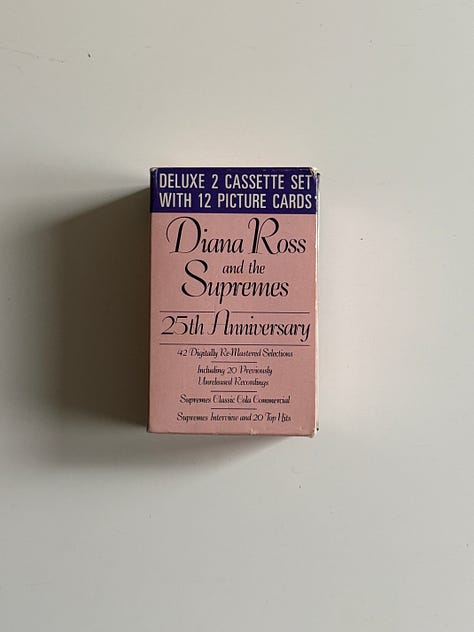
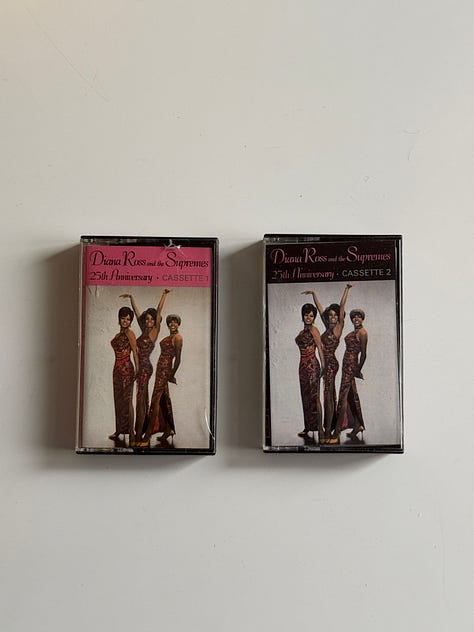
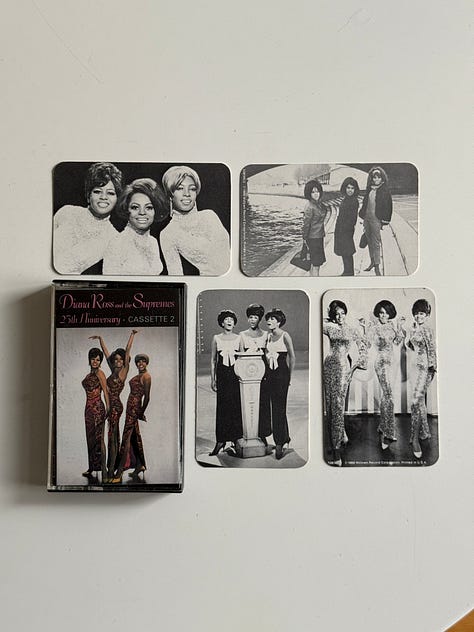
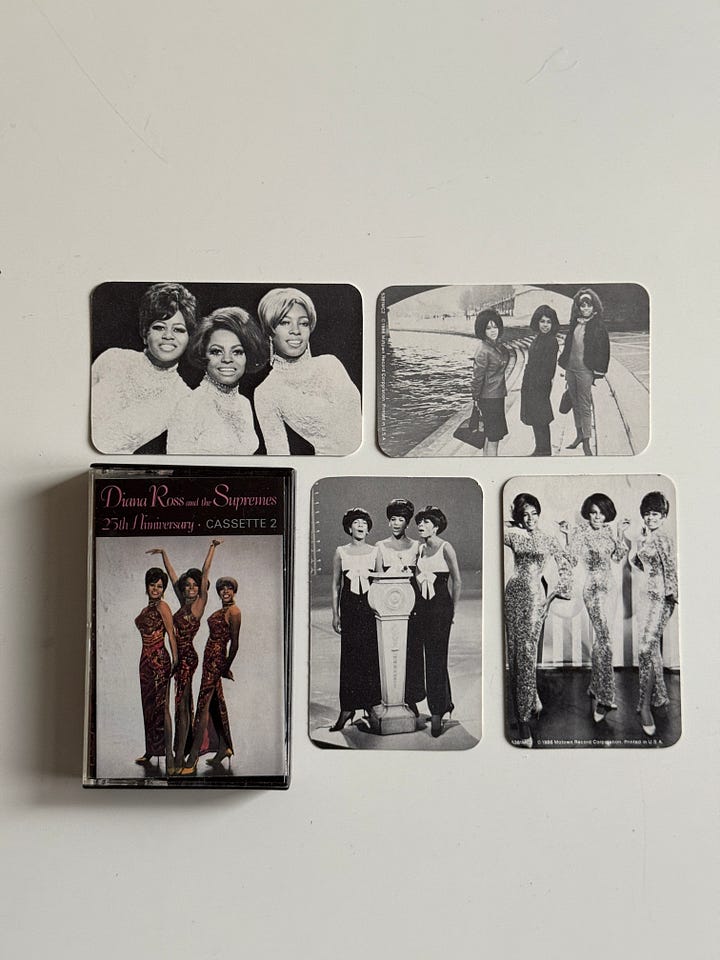
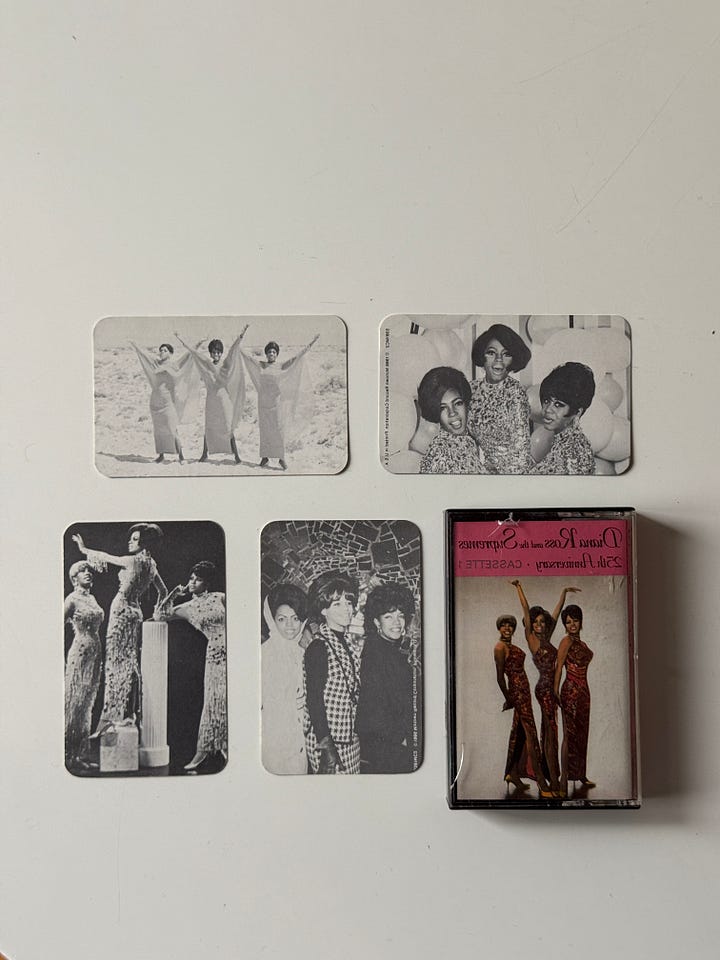
The moment felt oddly familiar, like pulling photocards from a freshly unboxed K-pop album. And that’s when it hit me. This wasn’t just a cool extra. This was a strategy, one that Motown pioneered long before K-pop took it to the next level.
Motown’s Genius Approach to Fan Engagement
Motown wasn’t just a record label. It was a cultural force. Berry Gordy understood something that modern K-pop agencies have mastered. Music is an immersive experience, not just a sound.
His artists weren’t just singers. They were icons. From their stage presence to their fashion to the way they were photographed, every detail was carefully curated.
The picture cards in my dad’s Supremes cassette weren’t a throwaway gimmick. They were a way to deepen fans’ connection to their idols, just like K-pop’s photocard culture today.
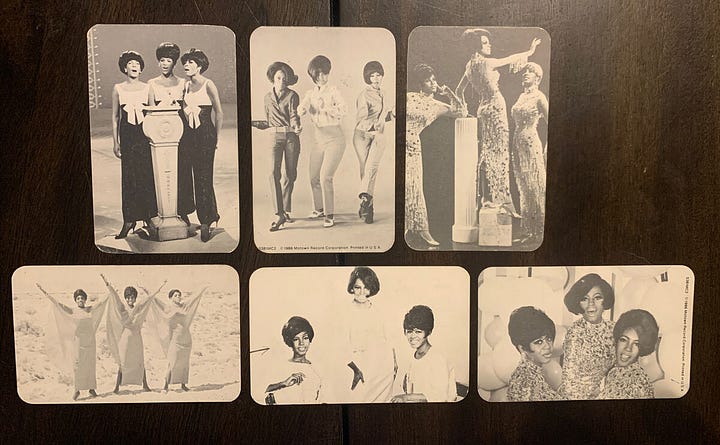
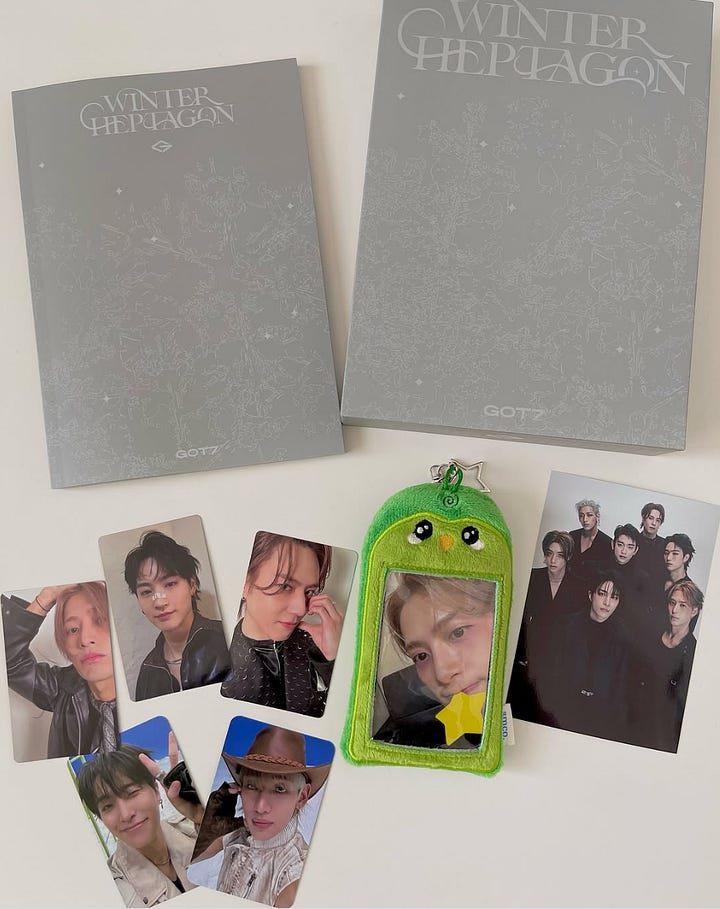
Back in the day, before streaming or even CDs, the physical album was everything. It wasn’t just about hearing the music. It was about owning a piece of the artist. You didn’t just listen to The Supremes. You had their image in your hands, maybe even pinned up on your wall. Sound familiar?
The Business of Packaging Music as a Full Experience
Motown’s marketing genius didn’t stop at picture cards. The label had a system, one that feels eerily similar to the meticulous planning behind today’s K-pop industry.
Artist Training & Image Control: Every Motown artist went through intensive training in singing, stage presence, and even how to answer interview questions. K-pop idols? Same thing.
Music as a Multi-Sensory Experience: From elegant album covers to exclusive fan items, Motown and K-pop both treat physical releases as works of art.
Building Fandom Through Merch: The Supremes’ picture cards weren’t just for decoration. They were part of a larger strategy to make fans feel personally connected to the artists. K-pop companies have expanded this into lightsticks, fan meetings, and exclusive content on platforms like WEVERSE.
Motown’s Influence on K-pop’s Global Takeover
The Motown model didn’t just stay within American pop culture. It planted seeds that would later bloom in global music industries, especially in South Korea.
Music historians like Crystal S. Anderson (Soul in Seoul) have noted how Motown’s influence helped shape the visual and performance-centric nature of modern K-pop. Meanwhile, Korean entertainment agencies have perfected this model by pairing high-caliber music production with cinematic visuals and top-tier choreography.
It’s no accident that when you open a GOT7 or NEWJEANS album, you’re getting more than just a CD. You’re stepping into a world.
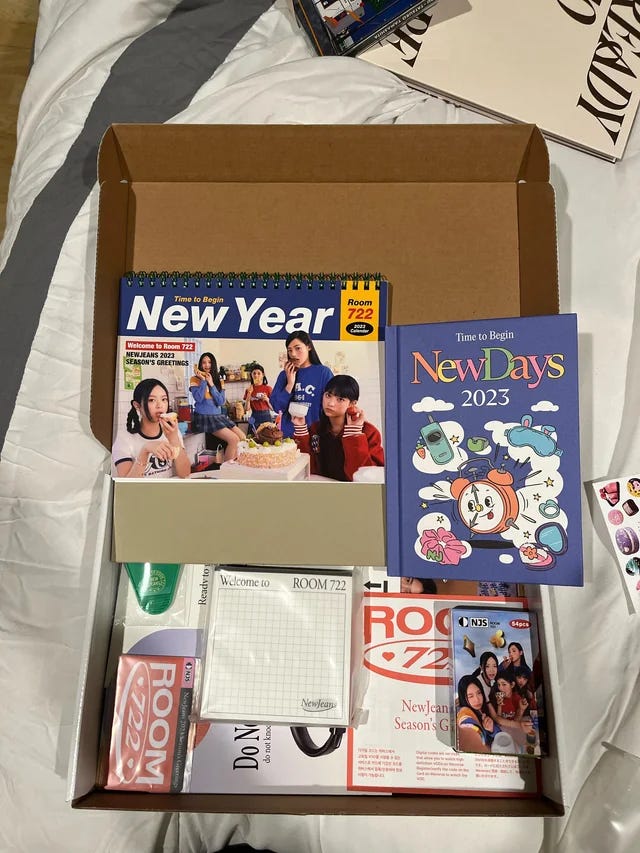
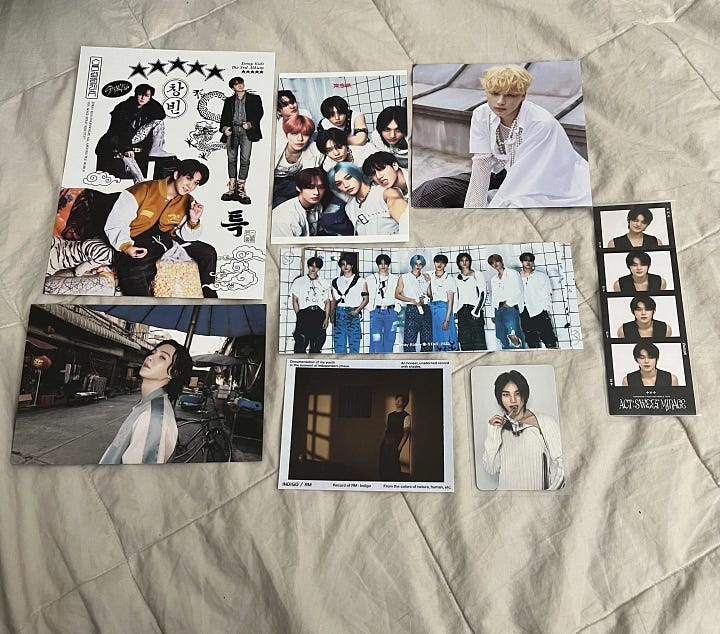
Music Packaging as Cultural Work
Both Motown and K-pop prove that music isn’t just about sound. It’s about shaping culture.
Berry Gordy’s Motown revolutionized pop by prioritizing image alongside sound, creating a blueprint that still resonates. Today, Korean agencies use similar strategies to craft a narrative around their artists, redefining global perceptions of Korean culture.
K-pop idols, much like Motown stars before them, act as ambassadors of culture. Their images are carefully cultivated, not just to sell records but to create a global movement.
As one Korean agency CEO once said,
Culture first, economy next.
That’s the power of music. It can shape how the world sees an entire nation.
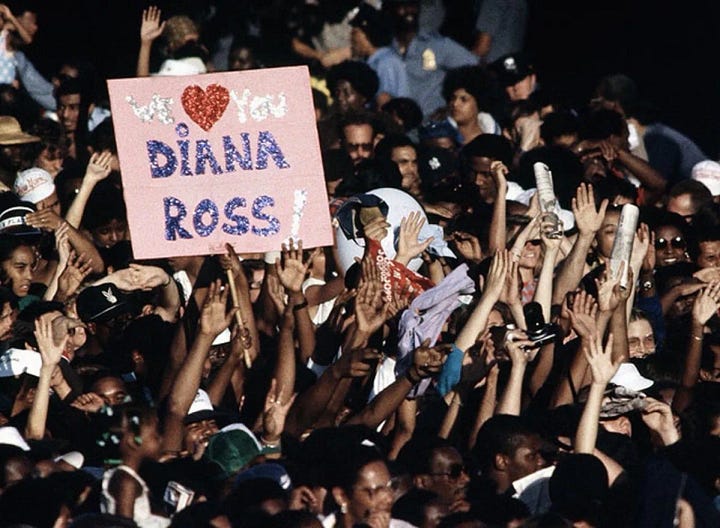
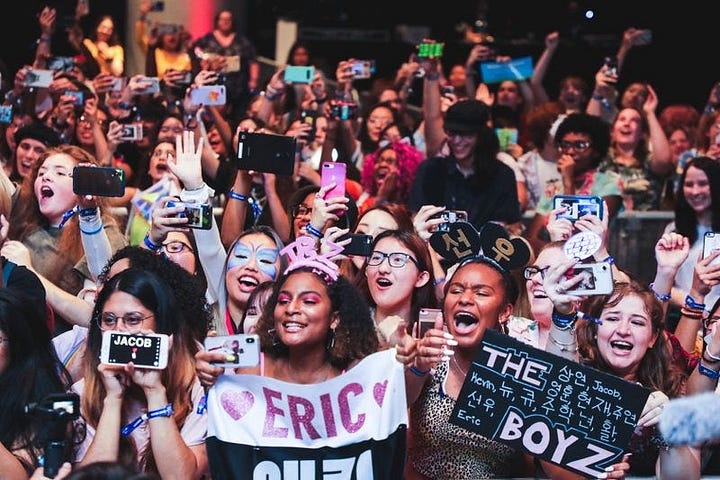
A Timeless Connection
Finding those Motown picture cards in my dad’s cassette collection made me realize that the way we engage with music hasn’t really changed.
Whether it’s the picture cards from a Supremes cassette or the glossy photocards in an SEVENTEEN album, it’s all about the same thing; bringing fans closer to the artists they love. The thrill of owning something tangible, of feeling like you have a piece of that moment, is something that spans generations.
The formats may change, but that feeling never does.
What’s in Your Old Albums?
Now I’m curious. Have you ever found something cool tucked inside an old album or cassette? Hidden liner notes? A forgotten autograph? Let’s talk about it. Drop a comment below.
Stay noisy friends,
Saint Virgil ✌️
References
Anderson, Crystal S. Soul in Seoul: African American Popular Music and K-pop. Jackson: University of Mississippi Press, 2020.
Bayles, Martha. Hole in Our Soul: The Loss of Beauty and Meaning in American Popular Music. Chicago: University of Chicago Press, 1994.
Brackett, David. The Pop, Rock, and Soul Reader: Histories and Debates. Oxford: Oxford University Press, 2005.
Eckart, Dennis, et al. Global Pop: World Music, World Markets. New York: Routledge, 1990.
Fitzgerald, Jon. Motown Crossover Hits 1963–1966 and the Creative Process. Popular Music, 1995.
"Korean Entertainment Agency Takes Its Acts Globally." The Korea Times, 2011.
Leight, Elias. "How K-pop Became a Global Phenomenon." Rolling Stone, 2018.
Park, Gil-Sung. "Manufacturing Creativity: Production, Performance, and Dissemination of K-pop." Korea Journal, 2013.
Randolph, Kevin. "The Rise of K-pop: A Cultural Phenomenon." Billboard, 2018.
Ripani, Richard J. The New Blue Music: Changes in Rhythm & Blues, 1950–1999. Jackson: University Press of Mississippi, 2006.
Seabrook, John. The Song Machine: Inside the Hit Factory. New York: W.W. Norton & Company, 2012.
Ward, Brian. Just My Soul Responding: Rhythm and Blues, Black Consciousness, and Race Relations. Berkeley: University of California Press, 1998.




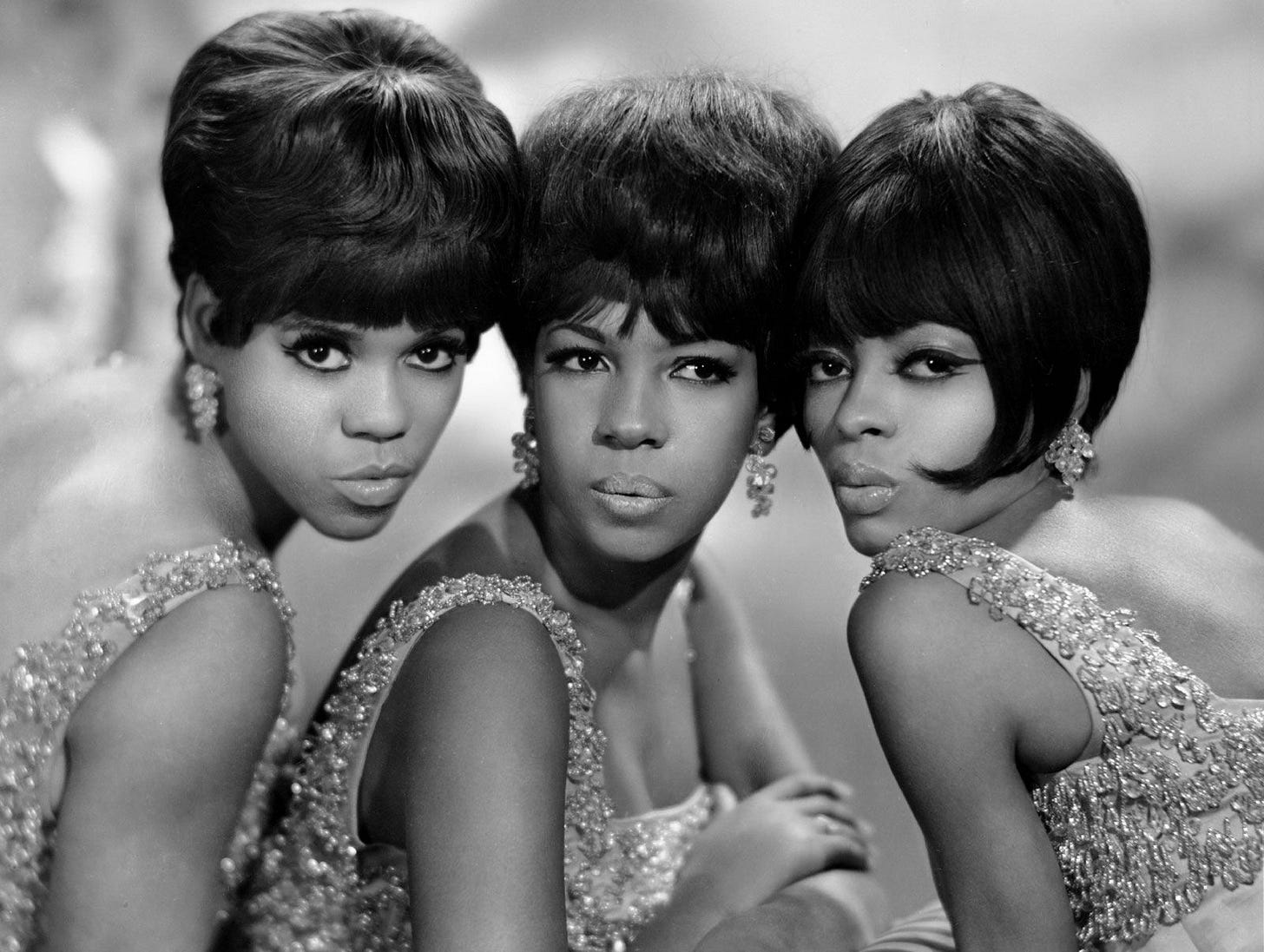
This was wonderful to read. I'm Korean-American, and my immigrant father LOVES Motown. I clocked a lot of hours listening to K-pop as a teenager, and swept my dad up in it. Maybe that's partially connected to what you're talking about. It brought up a sweet memory of seeing Patti Labelle, Gladys Knight, and Stephanie Mills in concert together. <3
I bought a used vinyl copy of Duke Ellington's 'Concert of Sacred Music' ten years ago and a few days after, discovered that it was very likely signed by Ellington on the back.